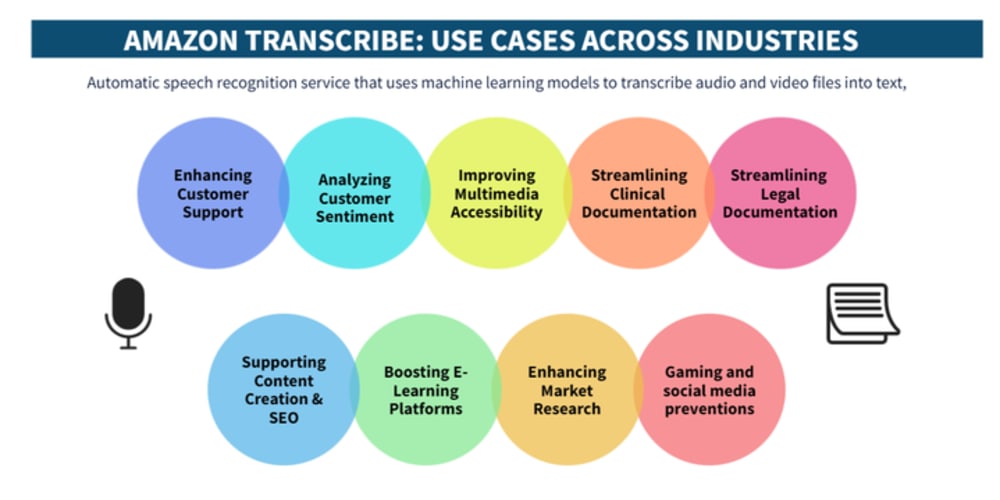I have been working on a Shopify app called File Vault Pro to offer a better experience selling digital goods on Shopify. For this app, I used the Shopify CLI to create a Remix BFF, while writing the core application server in Elixir / Phoenix. The Shopify CLI automatically configures the Shopify application environment and handles a dynamically named https tunnel (via Cloudflare tunnels) really well, but I also needed an https tunnel to the backend service (I am using ngrok here), which could not be dynamically updated. This would require running the backend server with ngrok, updating the environment variable for the API endpoint with the dynamically generated URL in the Remix project and then running the Remix server. Not the end of the world, but also not the most enjoyable workflow. Then I found that you can use custom static domains with ngrok.
Create Custom Domain
Ngrok now offersone free static domain. First, create a custom domain in ngrok by following the steps outlined in the blog post referenced above.
Update Ngrok Configuration File
With the new static domain name in hand, next we'll have to update or create the ngrok configuration file. By typing ngrok config check you should see the file path to the ngrok configuration file. Now, open that in your editor of choice. Alternatively, running ngrok config edit should open or create and open the configuration file in your system's default editor. The ngrok configuration file is a .yml file. Full documentation for ngrok configuration options can be found in theirdocumentation. For example's sake, here is a basic version that achieves our desired outcome:
version: '2'
authtoken: ' *********************'
tunnels:
shopify_backend:
proto: http
addr: 4000
domain: <your-domain>.ngrok-free.app
You can obtain your auth token via the ngrok dashboard. Give the tunnel whatever name you would like. I called mine 'shopify_backend'. With the static domain provisioned and the configuration file saved, you should now be able to start your service by name like this:
ngrok start shopify_backend
Now, you don't have to worry about starting your services in the right order, or updating the environment variable that references your ngrok service every time you start the dependent service.


















